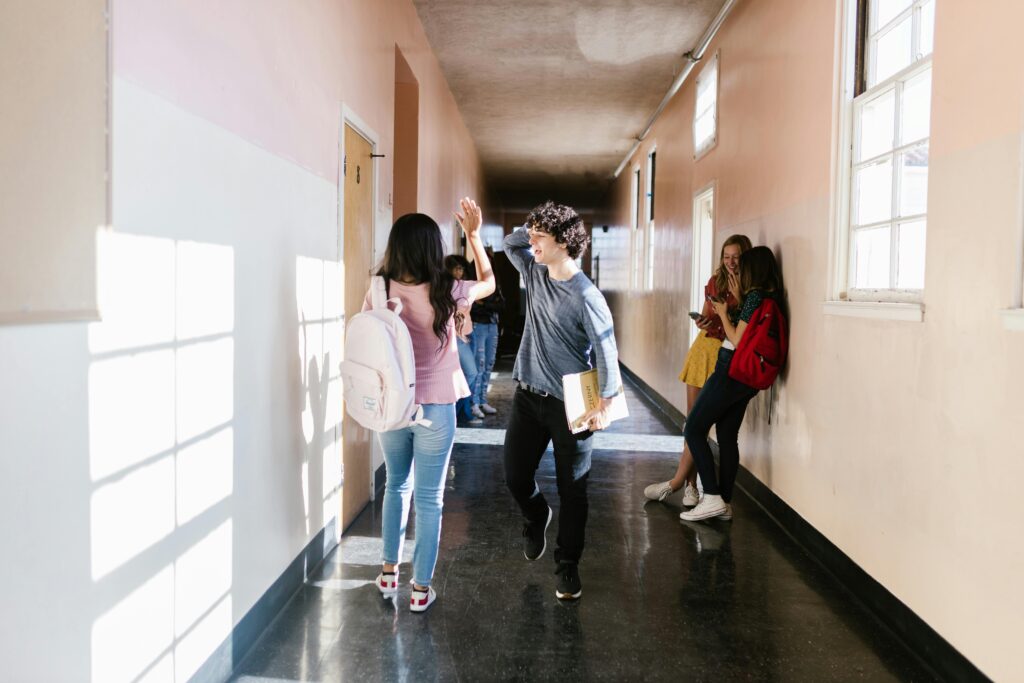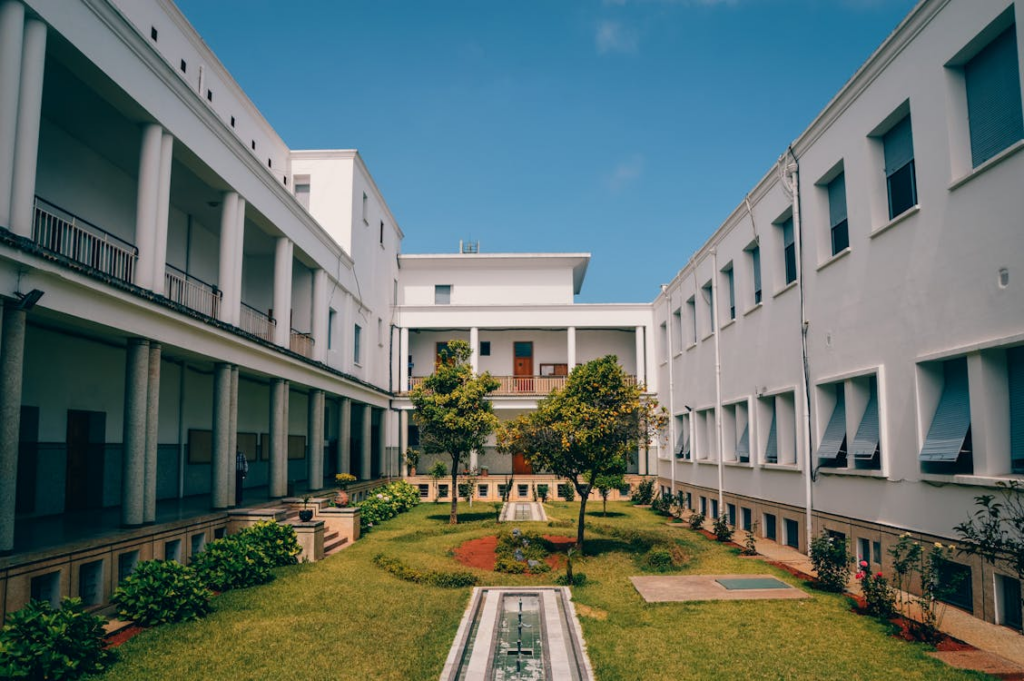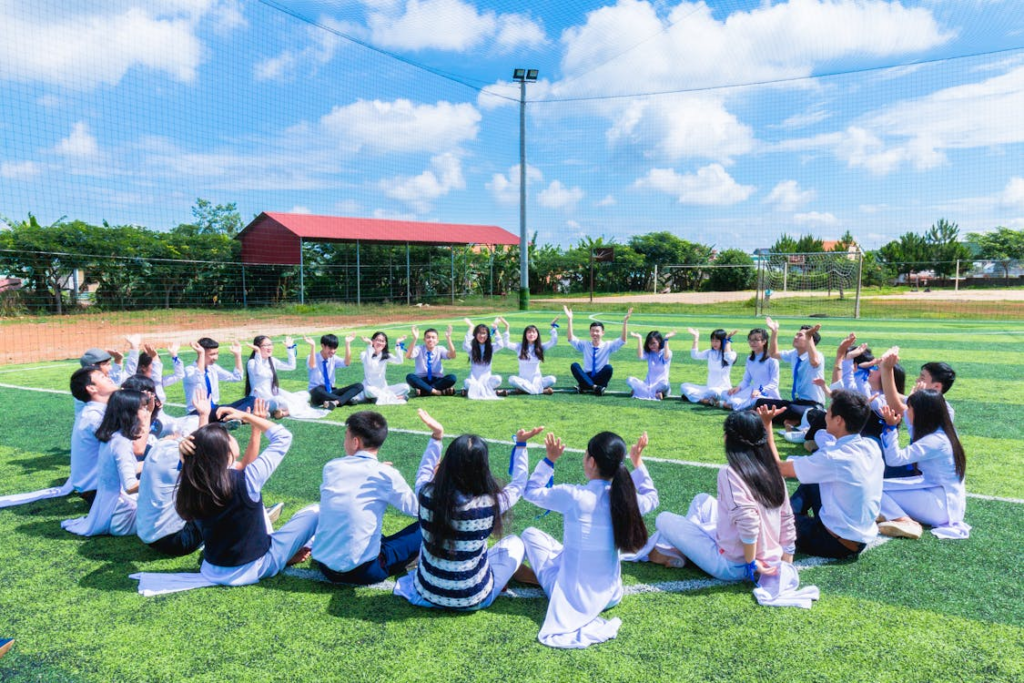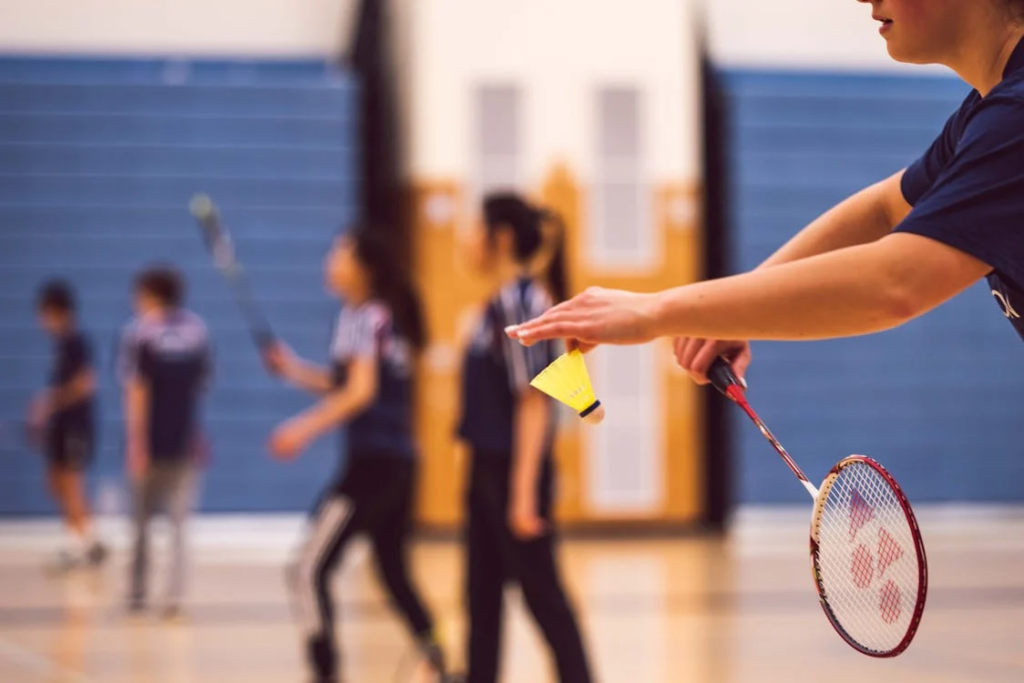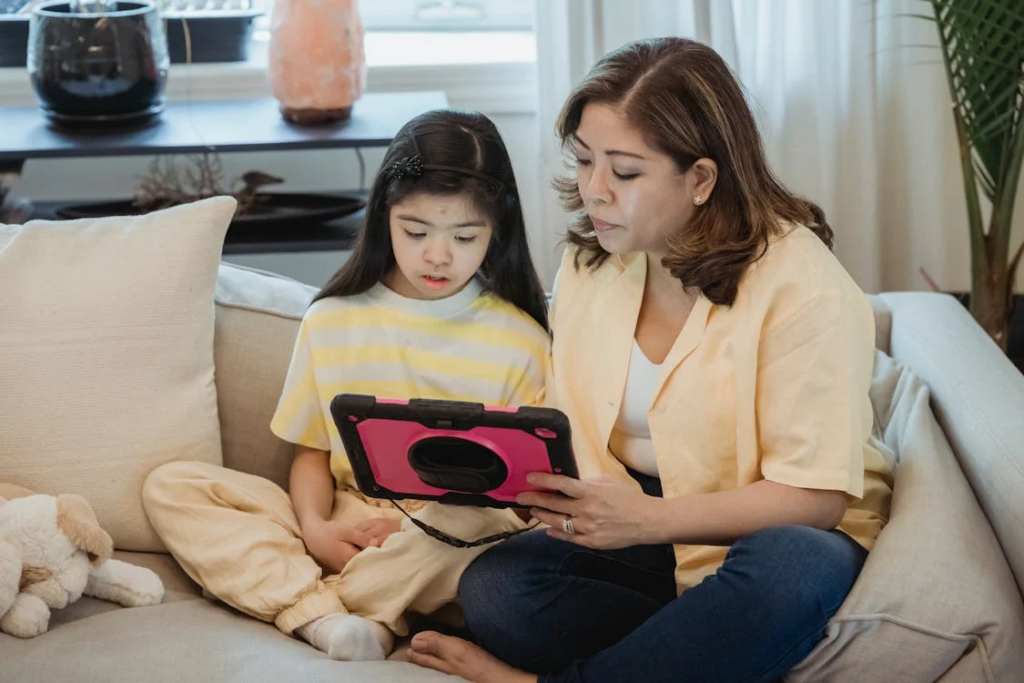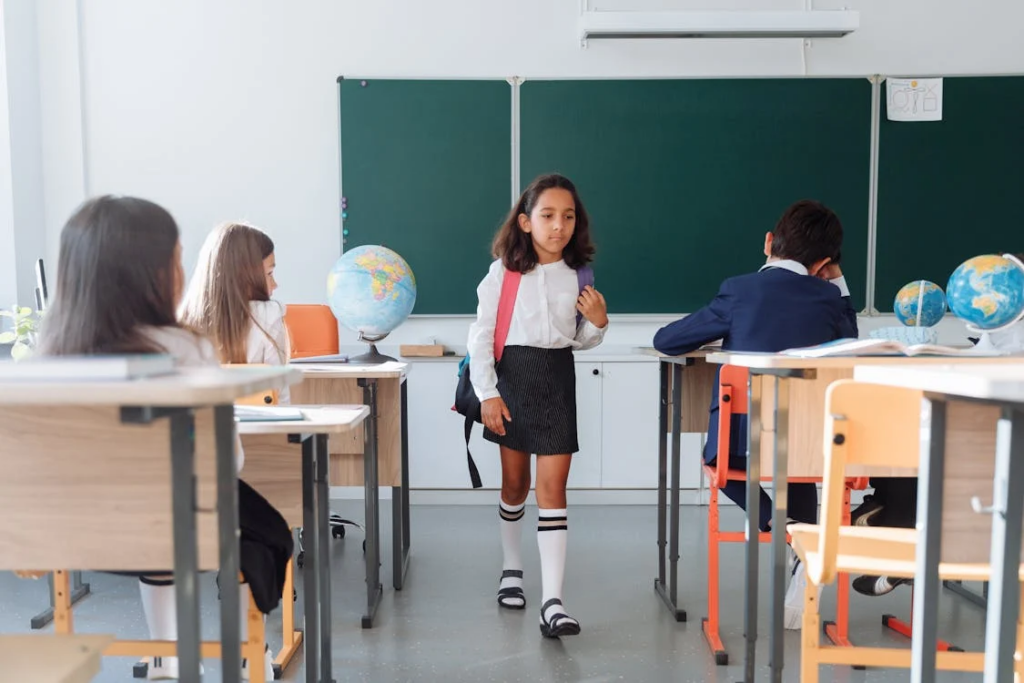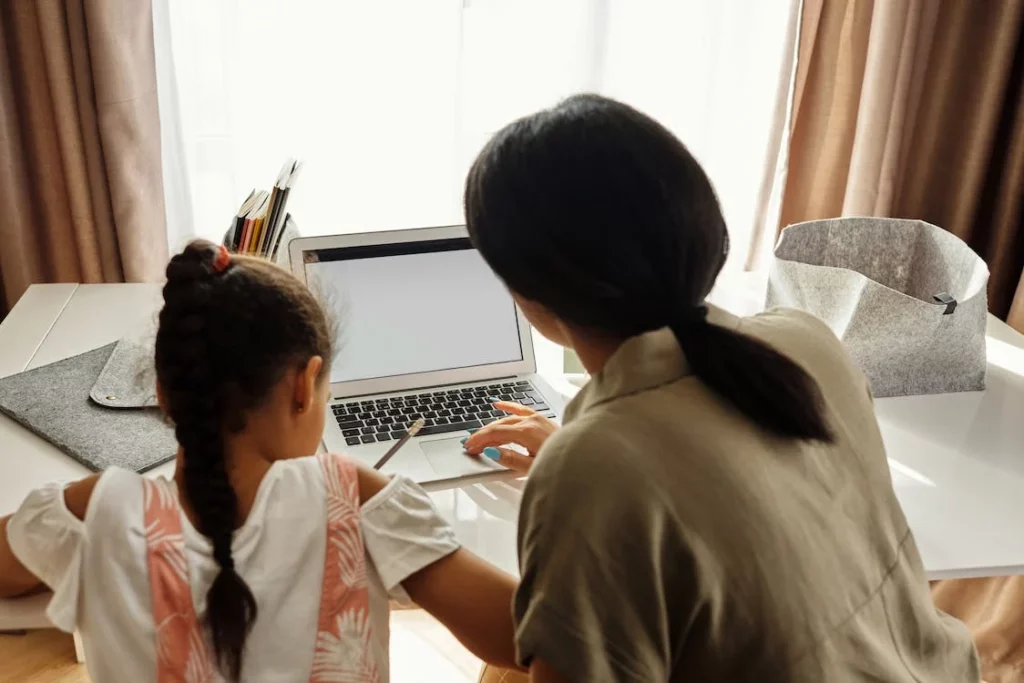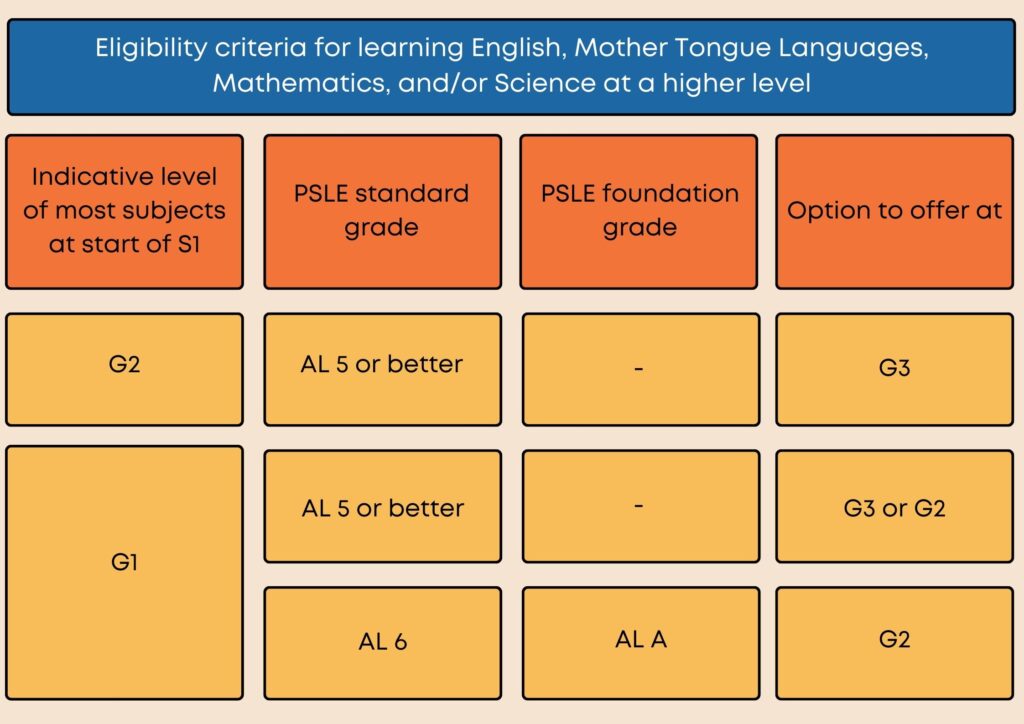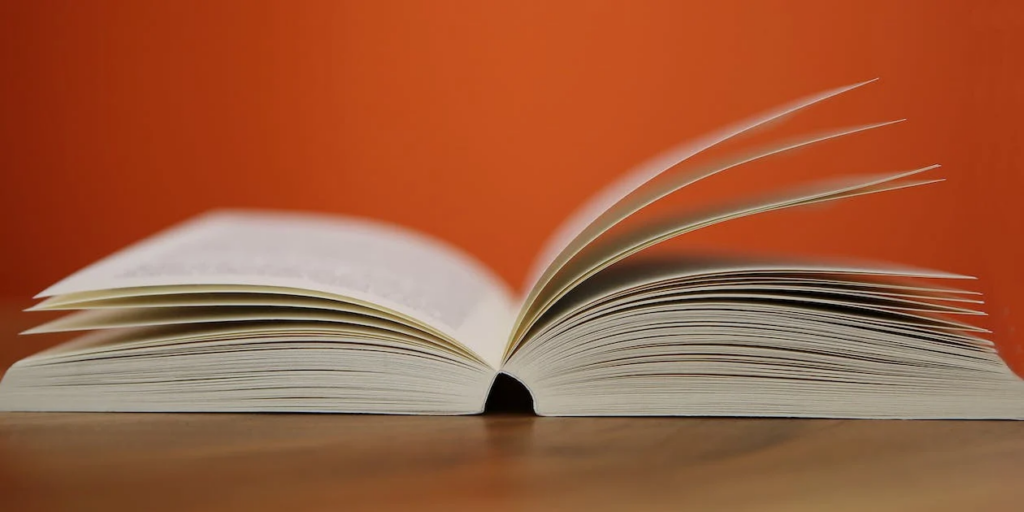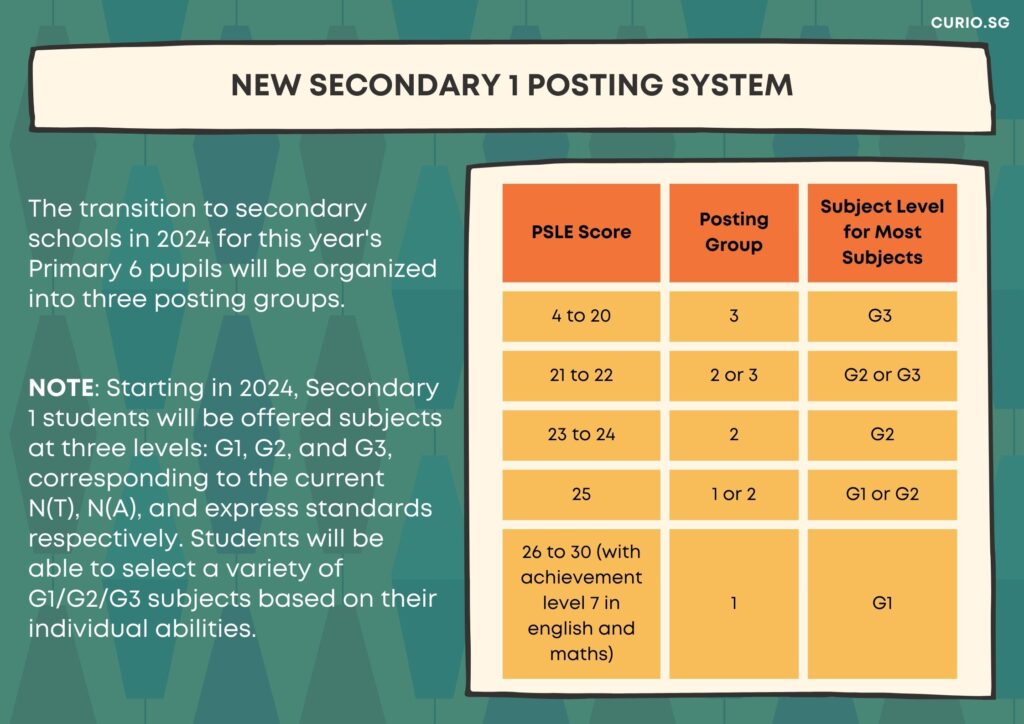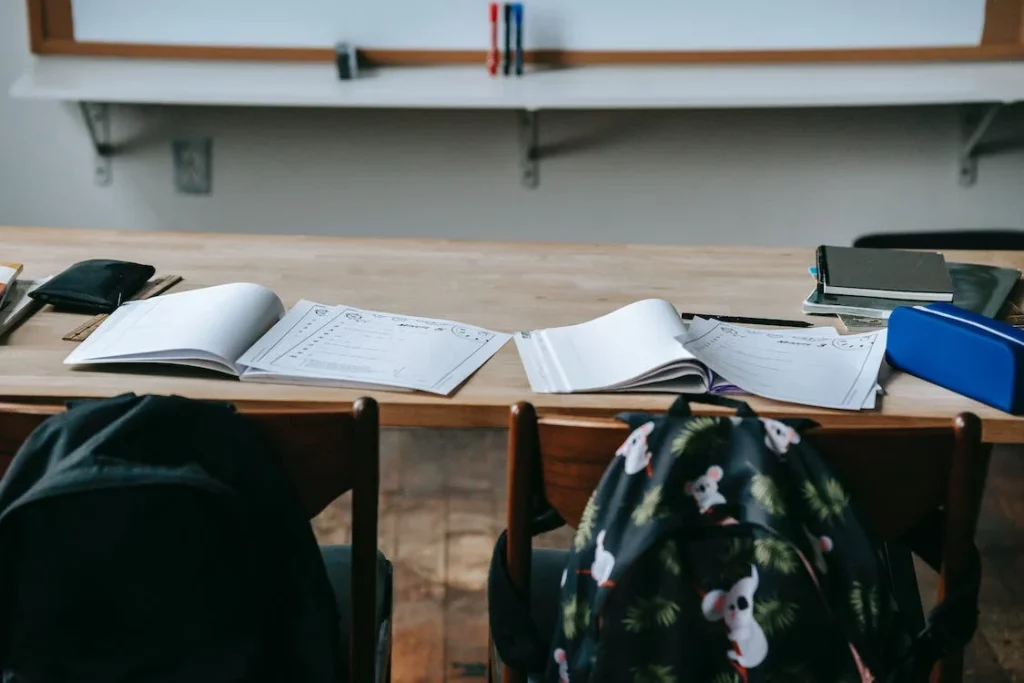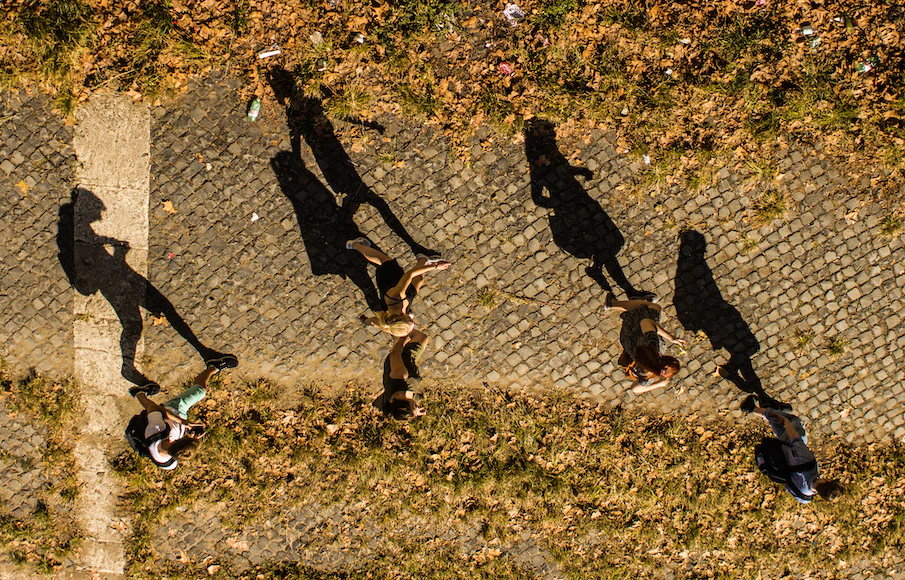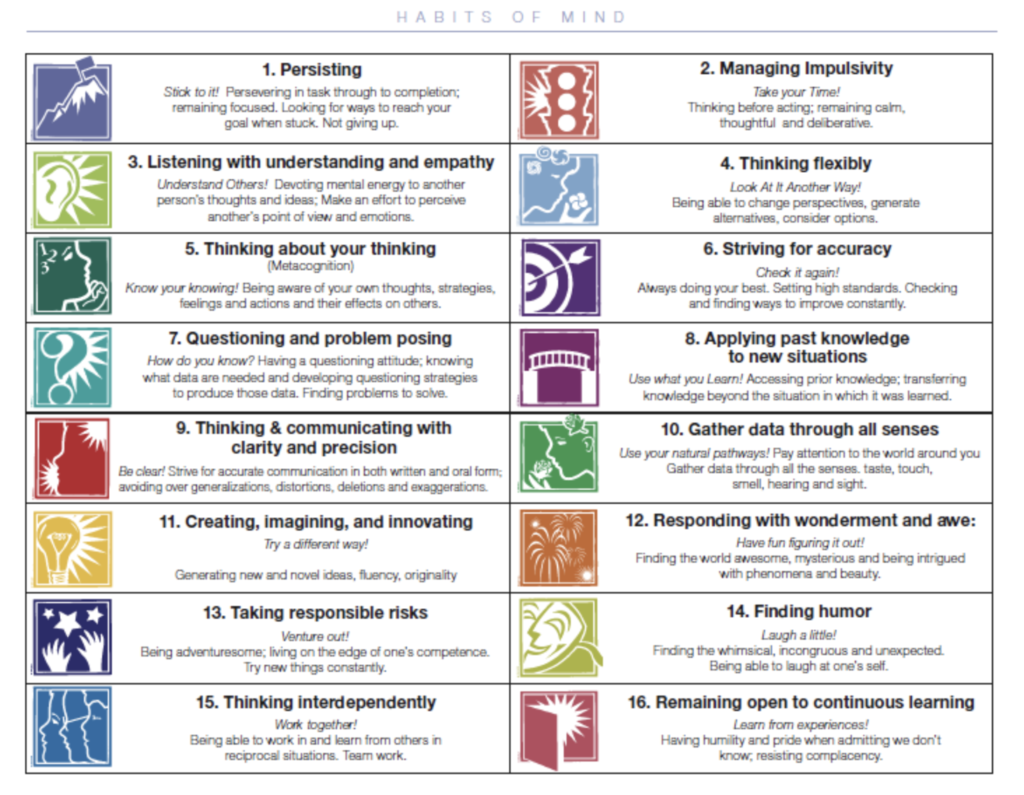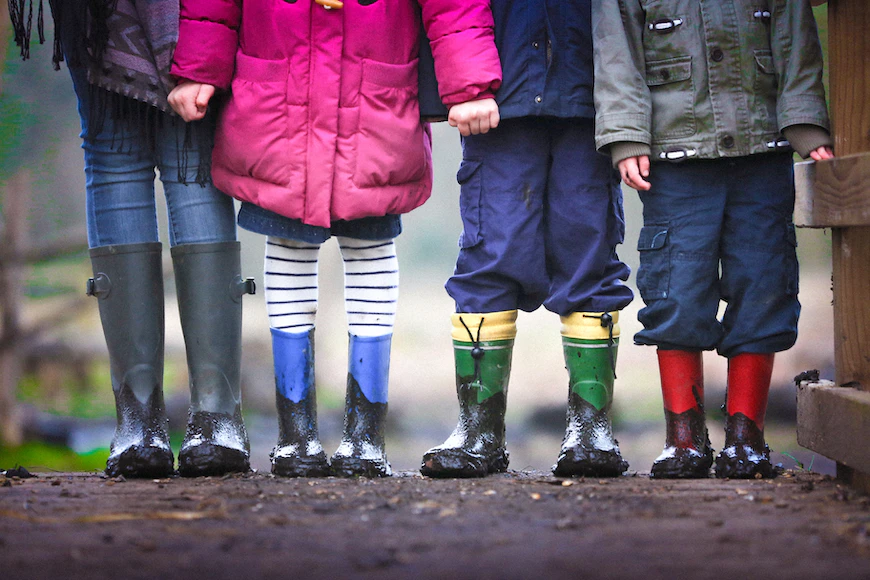"Mark your calendars: Sec 1 posting results are out on 18 December 2024."
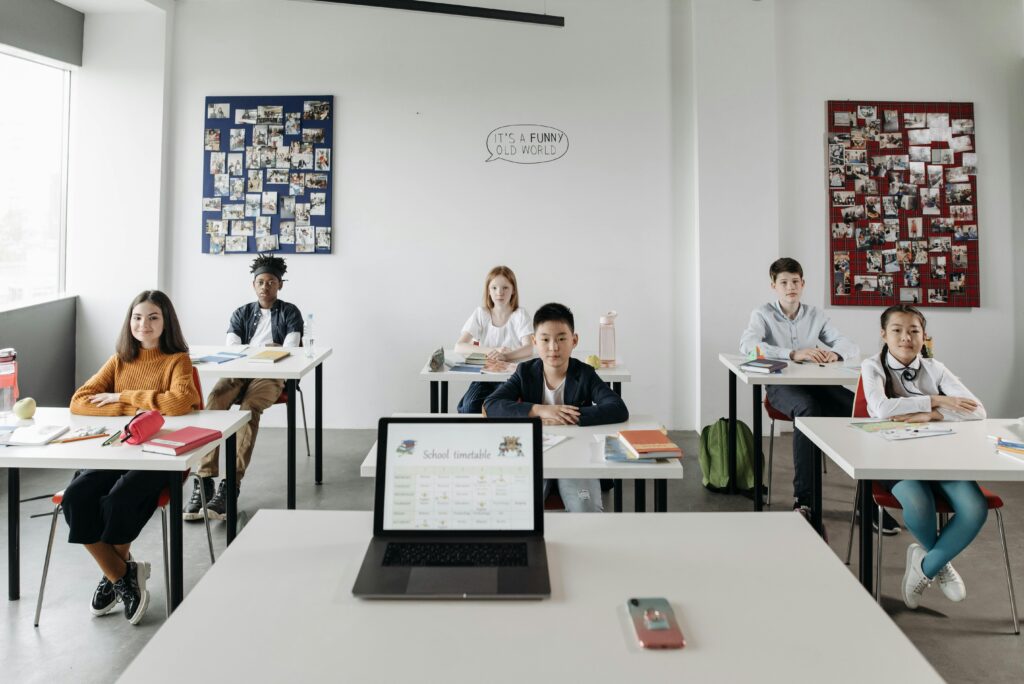
The Secondary 1 (S1) posting process is a key step for most students as they transition from primary to secondary school. Here’s a comprehensive guide to help you understand the process and prepare for what’s next.
PSLE Results Release
The Primary School Leaving Examination (PSLE) results will be released on Wednesday, 18 December 2024, at 9 am. Once the results are out, parents and students can access the S1 posting outcomes through several convenient methods:
- SMS: If you provided your mobile number during the earlier submission of school choices via the S1 Internet System (S1-IS), you will receive an SMS with your child’s posting details.
- Online: You can log in to the S1-IS using your child’s Birth Certificate (BC) number or FIN along with the S1 PIN.
- Primary School: If needed, you can contact your child’s primary school for assistance in retrieving the results.
What to Do After Receiving the Results
Your child is not required to report immediately to their allocated secondary school upon receiving the results. Instead, it’s essential to check the school’s website for key details, including:
- Reporting instructions and schedules
- Booklists
- Guidelines for purchasing uniforms and books
If you are on Parents Gateway (PG), additional instructions and updates for the incoming Sec 1 cohort will be provided through the platform.
First Day of School and Reporting Issues
The first day of school for the new academic year is Thursday, 2 January 2025. If your child cannot report to their new school on this day for valid reasons, it is crucial to contact the school directly to explain the situation.
It is also necessary to inform the posted secondary school after receiving the results to confirm that your child will be taking up the spot. This step ensures that the school reserves a place for them.
Stay Informed
For more details about the S1 posting process and related updates, please visit the Ministry of Education’s (MOE) website. Staying informed and following the necessary steps will help ensure a smooth transition for your child into secondary school.

